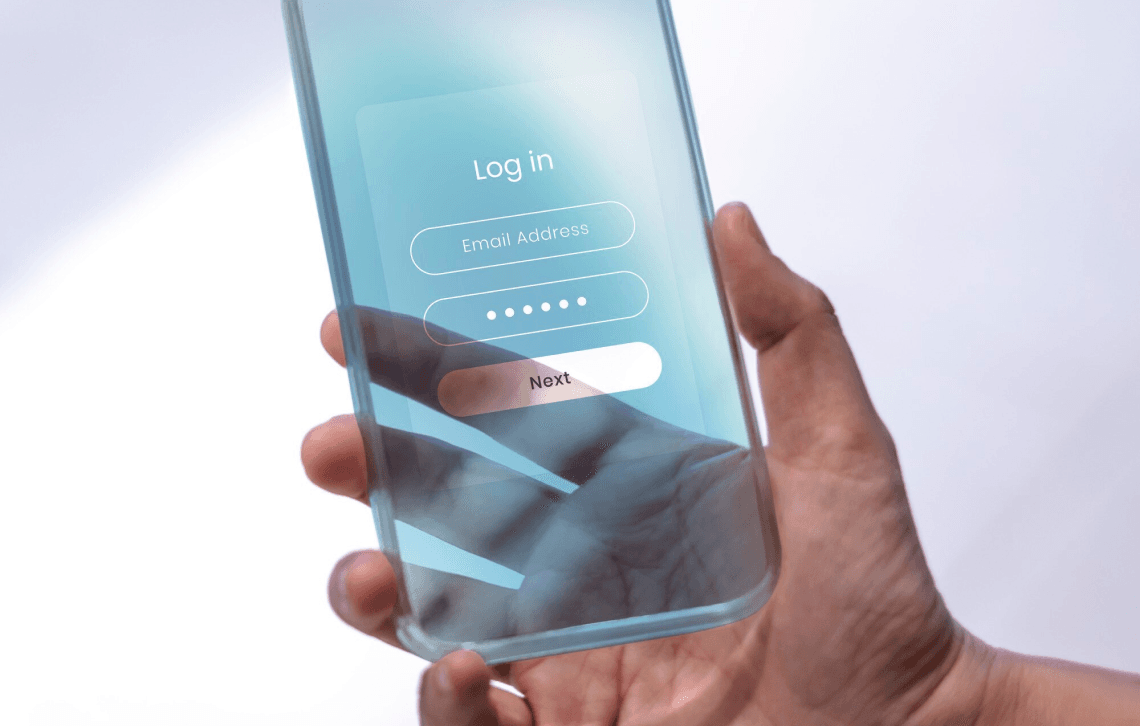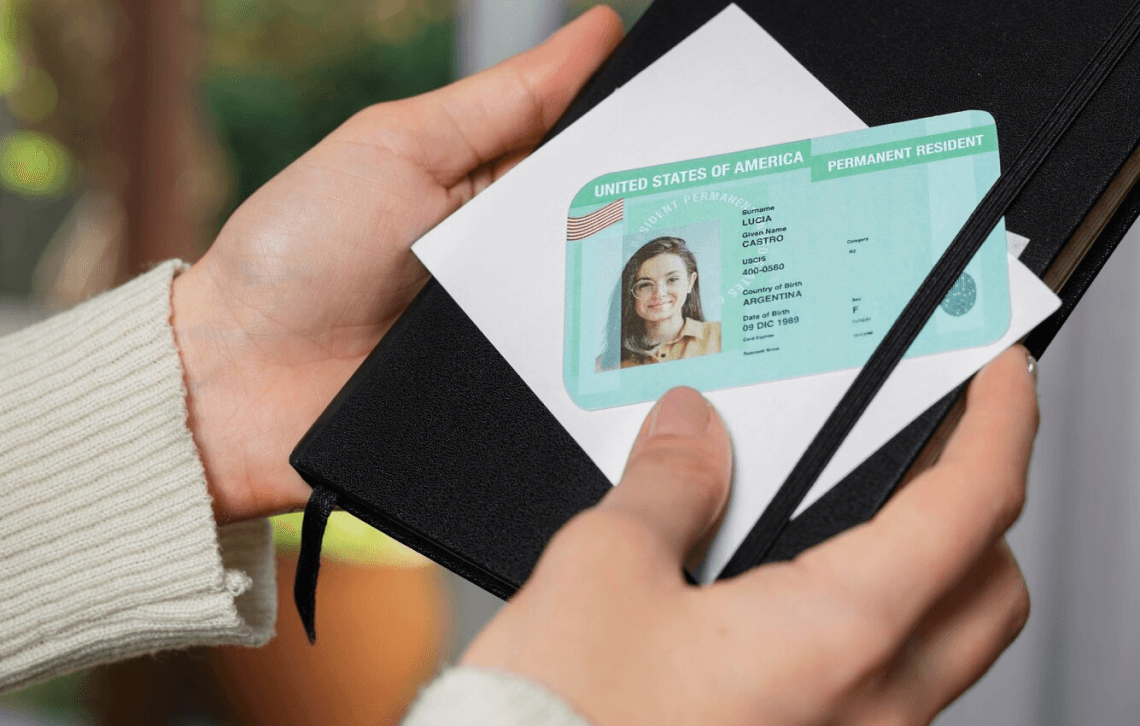
Find quick answers about digital identity authentication here.
Find quick answers about digital identity authentication here.
Are OCR and image-to-text conversion the same?
Image text conversion is the extraction of required characters within an image, commonly referred to as OCR. However, recently, with the development of various Gen AI, other information such as tables are recognized separately in images and converted into text information. ARGOS's Textify is also in the process of being built to include information other than text.
How do I use OCR?
First select and install OCR software. You can choose from a variety of tools depending on your needs. Prepare the image to run OCR. At this time, the higher resolution the image is, the better. Call the OCR function and look at the response value. Responses are usually received in JSON format.
How to OCR PDF for free?
You can perform OCR on PDF in a variety of ways. You can use open sources such as Python-based Tesseract, and you can also use services that utilize those open sources. If you want more complete data and a level that can be used in a real environment, please look for ARGOS's Textify.
Does OCR only apply to text?
Typically, OCR is applied and extracted only to text. However, recently, the area has expanded to include interpreting charts and photos and providing text responses.
What is anti-money laundering (AML)?

Anti-money laundering is an international regulation initiated by FATF, a global financial regulator. It was launched to maintain the reliability and stability of the international financial system, which became necessary as financial infrastructure expanded. It identifies illicit funds, improves transparency, and strengthens international cooperation to combat criminal activity and fraud.
How can I use the identity authentication API?
ARGOS provides various APIs for identity authentication. Global ID Recognition, Fake ID Detection, Face Compare and other APIs for identity authentication in one service. You can also find one integrated service at ID check Service.
What does KYC mean?
KYC is Know Your Customer. It is also called the Know Your Customer system as an abbreviation. This is a system to identify customers to block illegal funds and fraudulent activities, starting with anti-money laundering regulations. Since all financial flows occur through accounts, identifying who owns the account is the first step and requires a very sophisticated process. Accordingly, We recommend that you select business operator specializing in KYC.
How is KYC verified?
KYC verification can be done in various ways. It usually starts with sorting and recognizing ID cards. When a normal ID is recognized through OCR technology, it is verified whether the ID is the real owner. For this purpose, we use facial recognition technology. Since facial recognition can also be forged, detection is performed using Liveness technology. Finally, by combining all processes, Approval will be determined based on the final score. This process is not just OCR but a comprehensive eKYC service. Allows you to build.
What is the process of KYC verification?
KYC verification is generally accomplished through the following process.

1. Collection of customer information : We collect basic information such as name, date of birth, and address.
2. Submission of identification : Submit an official government document that proves your identity, such as an ID card.
3. Verification of submitted information : Additional information is verified through verification of document authenticity, database inquiry, additional questions (EDD), etc.
Depending on regulations, additional post-processes such as risk assessment and continuous monitoring may exist.
How do I verify the authenticity of my ID card in ARGOS?
Verification of the authenticity of an ID card can be done in various ways as follows.

- Check the template of the ID card itself. ARGOS holds all templates of ID cards around the world, and ID recognition checks whether a specific area exists and ARGOS SCORE. This operates as an algorithm that complements OCR errors that can occur in various environments and detects counterfeit users.
- Recognize codes embedded in ID cards such as BAR CODE and MRZ. Each ID card has areas that are difficult to read with the naked eye. ARGOS analyzes these areas to detect ID fraud by verifying the data on the ID.
- Compare with reliable 3rd party data. This will typically be a government agency, or it may be a database from a traditional identity verification provider, such as a telecommunications company or bank.
Do forgery or theft of ID cards occur frequently?
Various additional crimes are possible if you falsify your identity or steal the identity of another person for the purpose of creating or occupying a financial institution account. Accordingly, the greater the proceeds of crime are expected to be, the more sophisticated and frequent methods of forgery and theft become. ARGOS continuously updates its anti-counterfeiting process to prevent users from counterfeiting and stealing.
Can I do eKYC online?
eKYC conducted online requires a more advanced process than offline face-to-face. This is because in a online state, users can secretly do anything. We recommend establishing this process through an integrated eKYC service such as ARGOS, and it is recommended to check how flexibly it can fit with the company's policy.